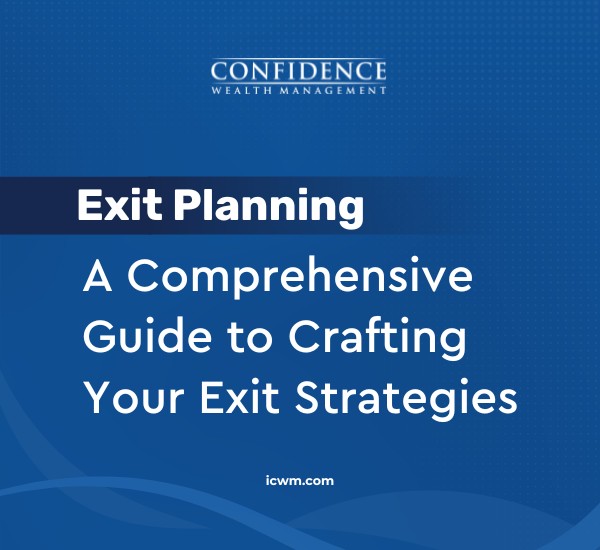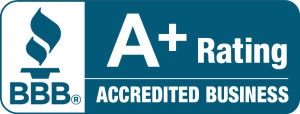The Importance of Managing Retirement Plan Costs
As plan sponsors and trustees, you understand the significance of managing expenses within your business. This concept extends to your retirement plan, where hidden costs can significantly impact your bottom line and your participants’ returns.
The desire for lower costs is understandable, but it’s crucial to strike a balance between cost savings and the value of the services you receive.
This article will provide insights into understanding and managing retirement plan costs, the importance of transparency, and the need for comprehensive cost disclosure.
Understanding the Different Types of Retirement Plan Costs
Retirement plan expenses can be complex and varied, with several components to consider:
- Direct Fees – Charges from plan providers such as recordkeepers, Third-Party Administrators (TPAs), and
investment managers. - Soft Dollar Costs – Expenses indirectly paid through other fees, such as revenue sharing or 12b-1 fees.
- Fund Expenses – Costs associated with the management and operation of the investment options, including expense ratios and sales charges (loads).
- Service Fees – Additional fees for plan distributions, rollovers, loans, and other administrative services.
Breaking Down Fee Structures
Plan providers may charge fees in different ways:
- Tiered Fee Schedules – Fees vary based on plan size, participant count, or assets.
- Flat Fees – A fixed fee for specific services.
- Basis Points – A percentage of assets under management.
The Importance of Transparency and Full Disclosure
The Department of Labor (DOL) and other regulatory bodies require full disclosure of all retirement plan costs, including who pays for each expense (plan sponsor or participants). This ensures that plan sponsors can make informed decisions about their
plan’s expenses and services, and so that plan participants know the costs that are being charged on their accounts.
It is essential to demand transparency from your plan providers, and they should provide clear, concise information about all costs without requiring you to decipher fine print or search through multiple sources.
Identifying Hidden Costs and Ensuring Compliance
Hidden costs can significantly impact your retirement plan and its participants. To ensure compliance with DOL regulations and protect your participants’ interests, it is crucial to:
- Review your plan’s fee disclosures and benchmark them against industry standards.
- Request detailed explanations from your plan providers about any fees that are unclear or not readily visible.
- Monitor your plan’s investment options for hidden costs, such as loads or excessive expense ratios.
- Evaluate the value of each service provided by your plan providers to determine if the costs are reasonable.
Balancing Cost Savings and Service Quality
While it’s essential to manage retirement plan costs, remember the adage, “You get what you pay for.” The lowest-cost plan may not provide the best overall value or service quality.
Focus on finding a balance between cost savings and the benefits your plan offers, such as participant education, investment options, and administrative support.
The Role of a Knowledgeable Financial Advisor
A skilled financial advisor can assist plan sponsors in understanding and managing their retirement plan costs. The advisor can help to:
- Analyze and benchmark your plan’s fees against industry standards.
- Advocate for fee transparency and full disclosure from plan providers.
- Identify potential cost savings without sacrificing service quality.
- Ensure your plan remains compliant with DOL and other regulatory requirements.
- Educate participants on plan costs, how these affect their results, and the benefit their company is providing them.
Take Control of Your Retirement Plan Costs
As a plan sponsor, it’s your responsibility to understand and manage your retirement plan’s expenses. By demanding transparency, reviewing fee disclosures, and working with an experienced financial advisor, you can protect your participants’ interests and provide a retirement plan that delivers value without compromising quality.
It can be important to get an independent outside second opinion to review your plan’s fees and identify potential savings opportunities to make sure that you didn’t miss anything and to ensure your retirement plan costs are reasonable and
fully disclosed.
Confidence Wealth Management specializes in assisting employers, trustees, and human resources professionals with obtaining an objective evaluation of their current employer-sponsored retirement plan performance. When necessary, we can also help you establish a new, properly structured plan.
We advise you on strategies to mitigate the risk of costly mistakes and overlooked plan components that could cause problems with the Department of Labor, their employees, or regulatory bodies.
Our firm focuses on optimizing plan design and implementing retirement plan services that guide you towards your goals.
To schedule an appointment and discuss your situation, click below or call us at (310) 820-4411.










